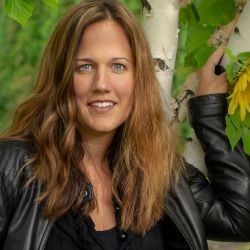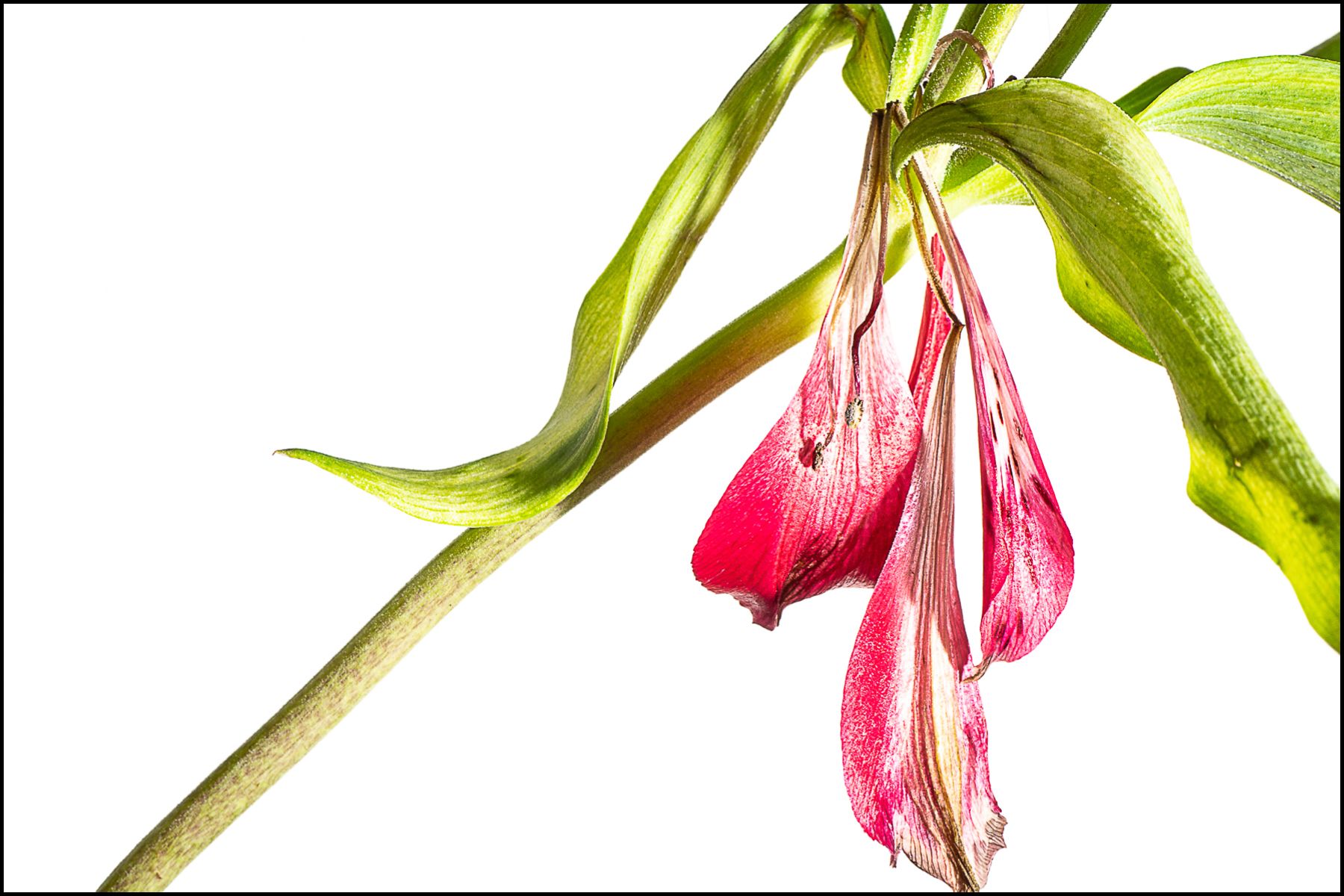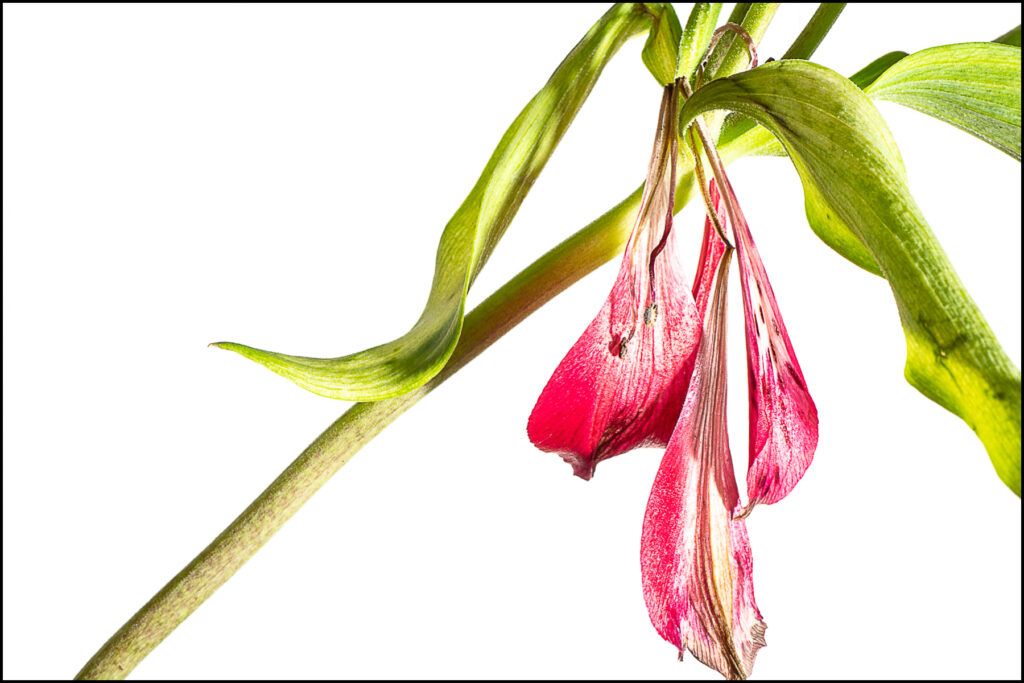When shooting flowers a few years ago I read an article that encouraged flower photographers to look for only fresh, unblemished subjects. I remember thinking that that excludes a lot of interesting subjects if you only shoot the pristine and perfect ones. Shortly after reading that, I made it my mission to photograph flowers that were past their prime, had only one or two petals or had been ravaged by the wind.
I appreciate that for certain types of photography such as product shots and fine art, an unblemished, beautiful subject may be necessary to produce the desired image. However, in today’s guide, I want to present the idea that photographing subjects that are common and even downright ugly can provide photographers with some unique opportunities.
Shooting subjects that are less than perfect provides the photographer with the opportunity to tell a story or even to show the beauty that does exist in the imperfect. Shooting things that are common and plain can provide the photographer with a chance to show how interesting every day can be.
There is a tendency for some photographers to think that they must photograph beautiful things to create stunning photographs. I want to show you that great photographers can present beautiful images of ugly things.
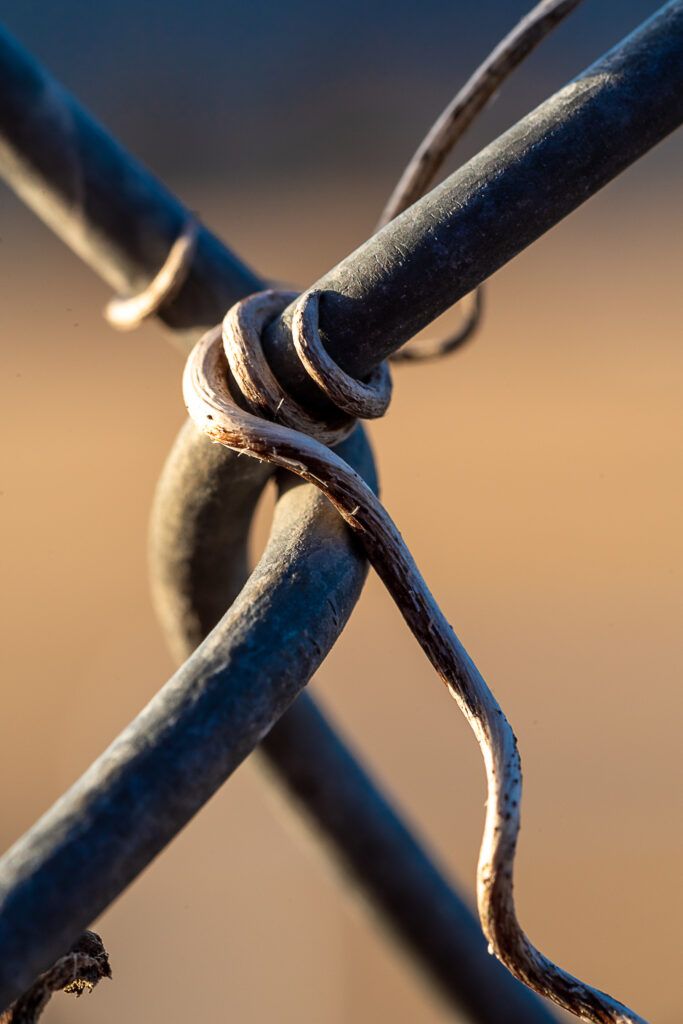
This image of a chain link fence and dried-out plant vine presents two subjects that are not conventionally beautiful. But when viewed up close, the vine and metal display some interesting shapes and details that would normally be overlooked. The contrast of the blue-tinged metal against the golden background creates added interest. Photograph by Leanne Cleaveley
I believe shooting the mundane and undesirable also has the bonus of changing how we, as photographers, perceive what is beautiful. We can start to see beauty where it might not be as obvious to others. We start to see an interesting story that could be overlooked by someone else. When we learn to portray that through our images, we can share it with others.
In this guide I will:
- demonstrate how plain or even ugly subjects can make for interesting and beautiful images;
- show you how imperfect subjects can tell a photographic story;
- give you some tips on creating interest in your shots of the mundane or undesirable; and
- provide you with some ideas for what you should look for when searching for beauty in common subjects and what questions to ask when shooting them.
Recommended Reading: Want to learn how to make your photos stand out from everyone else’s? Grab a copy of Photzy’s Effective Storytelling premium guide.
What Makes a Shot Beautiful?
First off, I want to talk about that image you shot – the one you thought would be fantastic. You had the most amazing subject or scene and you captured it, but somehow the image fell flat. We can take ugly, plain pictures of beautiful things. I’m sure you have done it. I know I have.
On the flip side, you have probably seen images of things that challenge your perception of what beautiful is. I have looked at amazing shots of decay that show the real beauty. This isn’t an accident. It takes skill to make a beautiful scene look fantastic and an ugly one look beautiful.
There are many volumes of literature about beauty, how we perceive it, and common perceptions of what beauty is. Many of the rules for creating beautiful images fall into the photographer’s domain of composition. To cover all the rules of composition and what catches the eye, you should look to a comprehensive guide such as Kent DuFault’s guide
on Understanding Composition, but in general, the rules apply to all images.
Key Lesson: Beauty may be in the eye of the beholder, but there are some proven methods to make your image pop. Take some time to understand things like the rule of thirds, leading lines, and balance to improve your photographs. Compositional rules exist to help us create a captivating image – use them!
Even in an image of decay, you want to find balance, and use leading lines, and other artistic elements to help your shot meet the conventional definition of a well-composed image. Get to know the elements that make a shot pleasing to the eye and then apply them when shooting subjects that are less than perfect.
On the Hunt
You don’t have to look far to find subjects worthy of shooting. The common, the plain, the rotted, and the decayed are all around us. Just go for a walk around your neighborhood or even look at your own home! Rusted metal, peeling paint, or wilted or dry vegetation are just a few such finds.
You don’t have to look far to find subjects worthy of shooting. The common, the plain, the rotted, and the decayed are all around us.
When looking for less-than-perfect subjects to shoot, try to tune into things like shape and form. Curves and lines on simple, everyday objects can make for interesting photographs. By getting very close, or shooting only part of your subject, you can create great abstract images as well.
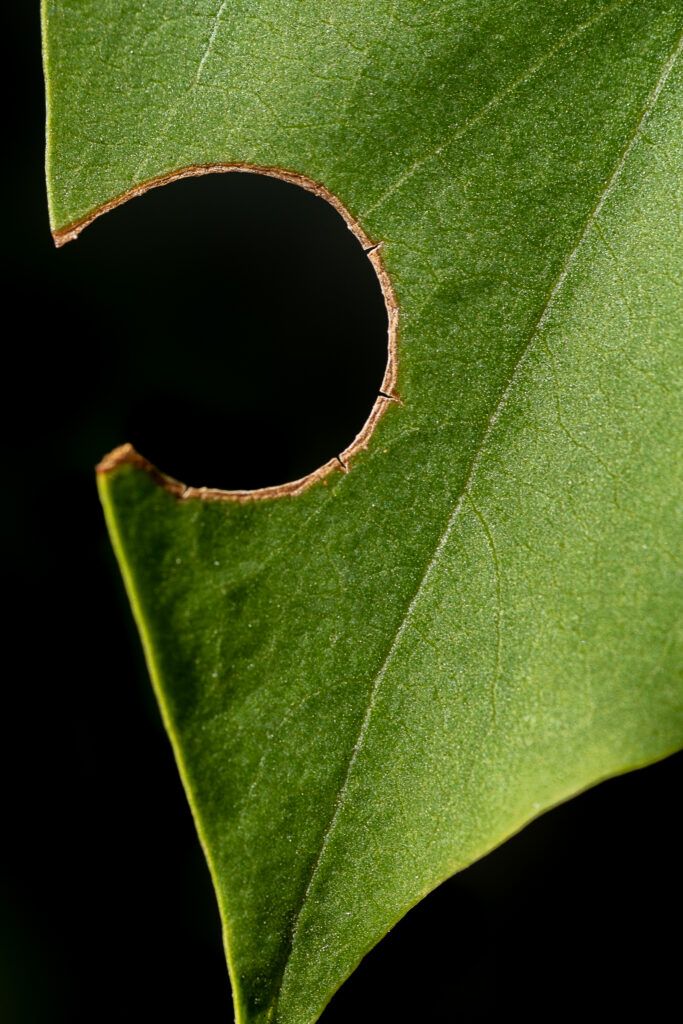
The leaf in this image is far from pristine. The hole, created by a leafcutter bee, was what drew me to it. Zoomed in and set against a dark background at f/16 and 1/500th of a second, the shape of the leaf makes for an interesting abstract image that a perfect specimen probably would not have worked for. Photograph by Leanne Cleaveley
This image of a simple leaf with a hole cut out of it is a good example of how an imperfect specimen can become an interesting and even beautiful subject to shoot. The thought went into how best to showcase the leaf. Some of the things that I did were get close to my subject, stop down my aperture to create a dark background, and allow for enough light, at the correct angle, to highlight the texture of the leaf.
Key Lesson: Pay attention to things like your background, angle/intensity of light, and proximity to your subject when deciding how to best showcase it. Putting a little thought into these simple factors can have a big influence on your final image.
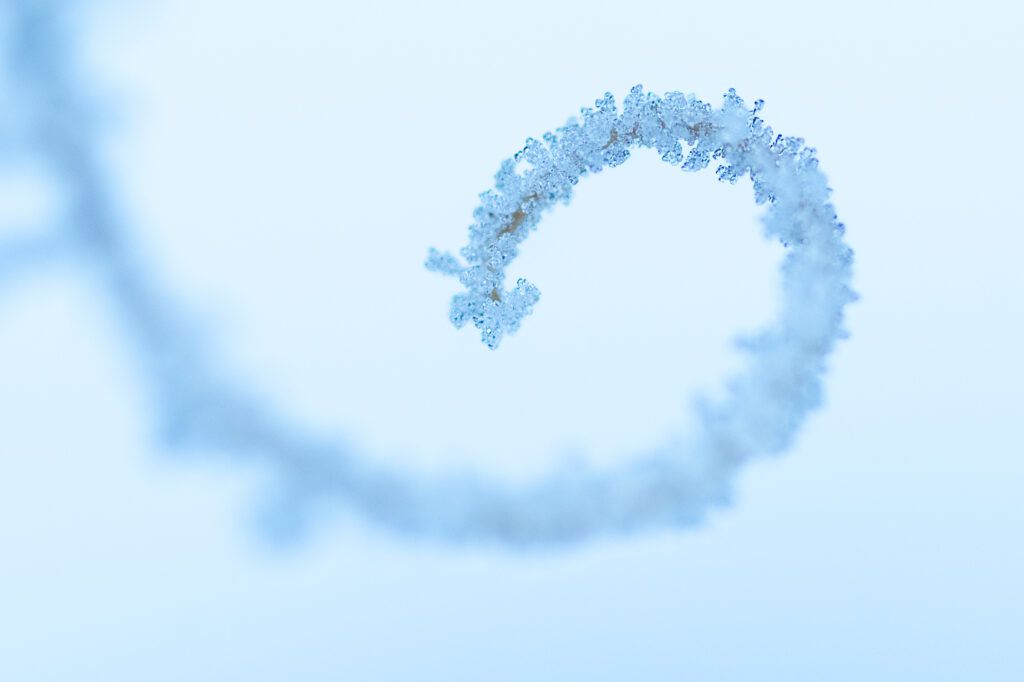
A dried-out pea vine can seem quite ordinary until mother nature adds a coating of frost. Caught at the right angle, it becomes a captivating spiral. This was captured using a 90mm lens at f/9 and 1/160th of a second. Photograph by Leanne Cleaveley
Make sure you consider compositional rules such as the rule of thirds and leading lines when composing a shot. In the image above, I made the focus point the tip of the icy vine. How would making some other part of the vine the focus point change that image? Would it be as effective an image? It is good to ask yourself questions like these when shooting any subject.
Look for Patterns and Repetition
Another thing to look for when photographing less-than-beautiful subjects is patterns. Patterns and repetition can make a boring subject fascinating when photographed with some thought. When shooting patterns, think about your compositional rules and what you want your viewers’ eye to be drawn to. Set up your shot so that it is very clear as to what your subject is. Otherwise, the effect of a pattern will be lost on the overall image.
When shooting patterns, think about your compositional rules and what you want your viewers’ eye to be drawn to.
Key Lesson: When used well, patterns and repetition can enhance an image and showcase your subject. Ask yourself questions about what should or should not be in focus and how the placement of the subject within the frame affects the final image.
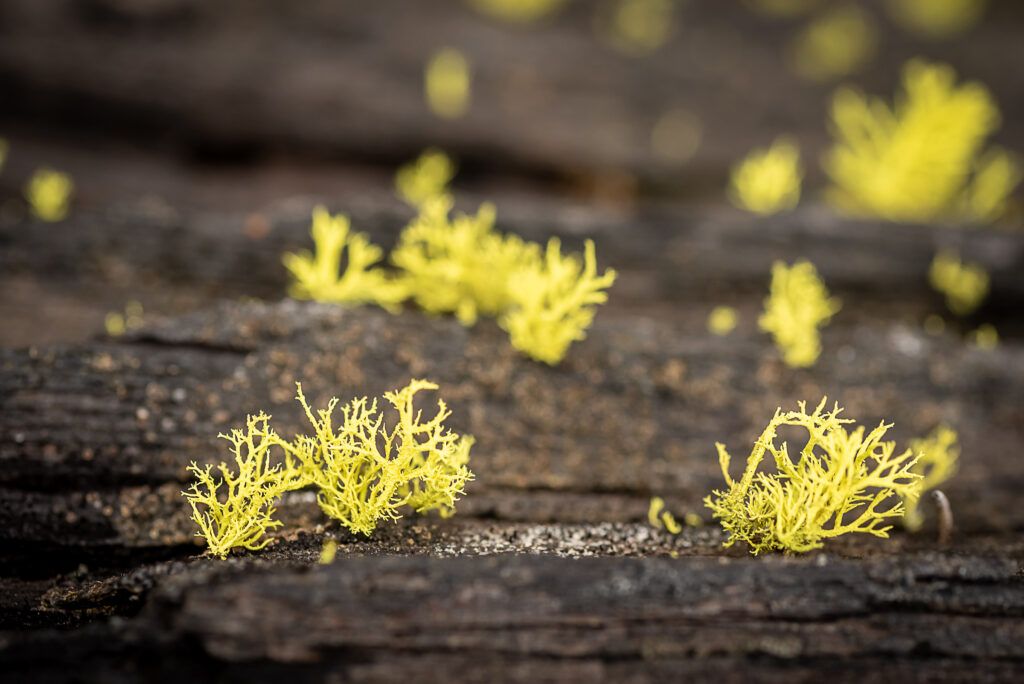
The use of patterns and repetition can be a very effective way to showcase your subject. The repeating lines of lichen on this log provided some depth and interest. The closest lichen is the main subject as it is clearly in focus. Would it have been more effective to focus on the lichen in the background? Should I have increased the depth of field so that more of the image was in focus? Ask yourself these questions when shooting so that the image you capture has the desired impact. Photograph by Leanne Cleaveley
Juxtaposition
Another great use of less-than-beautiful subjects is juxtaposition. Juxtaposition is the placement of two objects, close together, for contrast. In this case, you can utilize this tool to showcase either the very beautiful or the undesirable.
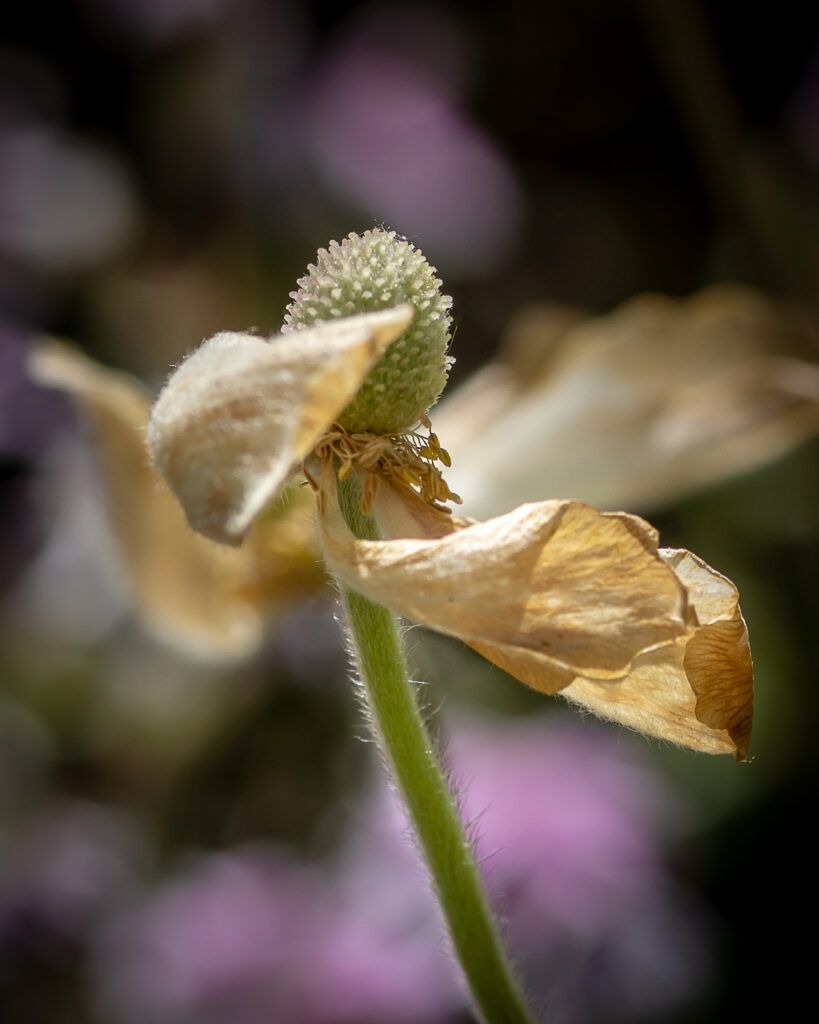
This image shot at f/10 and 1/640th of a second was shot against a background of colorful flowers. I liked how the background hinted at what the flower might have been. With the bright colors against the brown, wilted petals, I hoped to convey the fleeting nature of beauty. Photograph by Leanne Cleaveley
In the image above, I decided to showcase the wilting flower against a backdrop of colorful flowers in the garden. This juxtaposition was purposeful, to accentuate the imperfections of the foreground flower. Would this image be as effective against a different background or do the colorful flowers heighten the effect?
As stated earlier, take some time to ask yourself what you are trying to show and how you want to show it when shooting two contrasting subjects. When juxtaposing the beautiful and the ugly, what are you trying to communicate with your viewer? What story do you want to tell? Should one subject take precedence over the other? If so, which one and how will you make that happen?
Key Lesson: Placing something beautiful against something plain or ugly is a great way to provide contrast. What are some other ways you could use the juxtaposition to enhance a common subject?
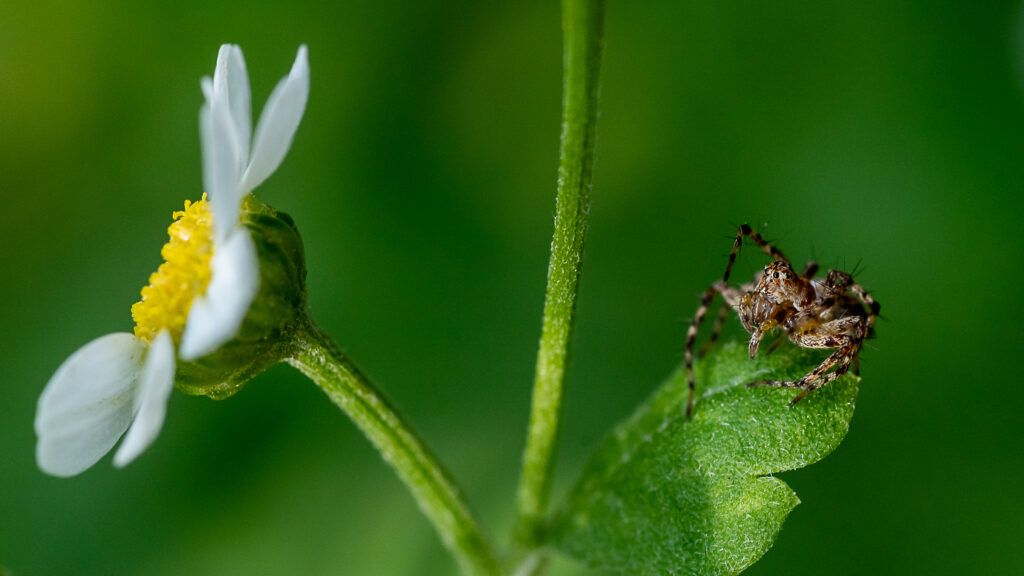
I call this image Worlds Apart. Shot at f/16 and 1/320th of a second, I tried to capture both the flower and the spider in focus and quite deliberately perched on opposing sides in the image to accentuate the contrast. I personally find spiders to be quite beautiful, but knowing that the common consensus is that they are scary critters I thought the image would create a bit of tension and interest for most people. Photograph by Leanne Cleaveley
Storytelling
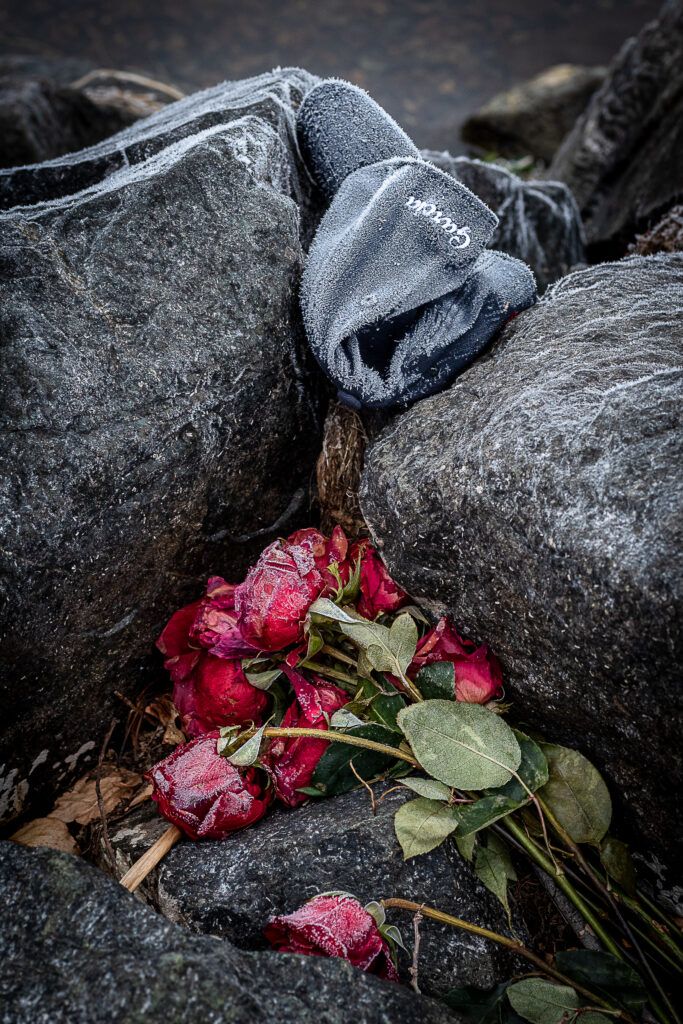
Ugly things can tell a story, like the one being told in this image. Shot at 90mm, f/10, and 1/100th of a second, the wilted, frost-covered roses lead to lots of interesting questions and a possible story of love gone wrong. Photograph by Leanne Cleaveley
Your story can be complex and mysterious, like the one connected to the image above, or straightforward. Perhaps your message in showing something weathered or worn-out is simply neglect.
Another reason you should not overlook ugly subjects is that they can often be used to tell an interesting story. I came across some wilted, frost-covered roses one day on an outing. On closer inspection, I saw the hat, in the image above. I began to think about the story that brought. This image is far from what you might call conventionally beautiful, but it is certainly interesting and leads the viewer to ask some questions about what happened. The end of romance? A broken heart? Or a crazy night of fun at the beach?
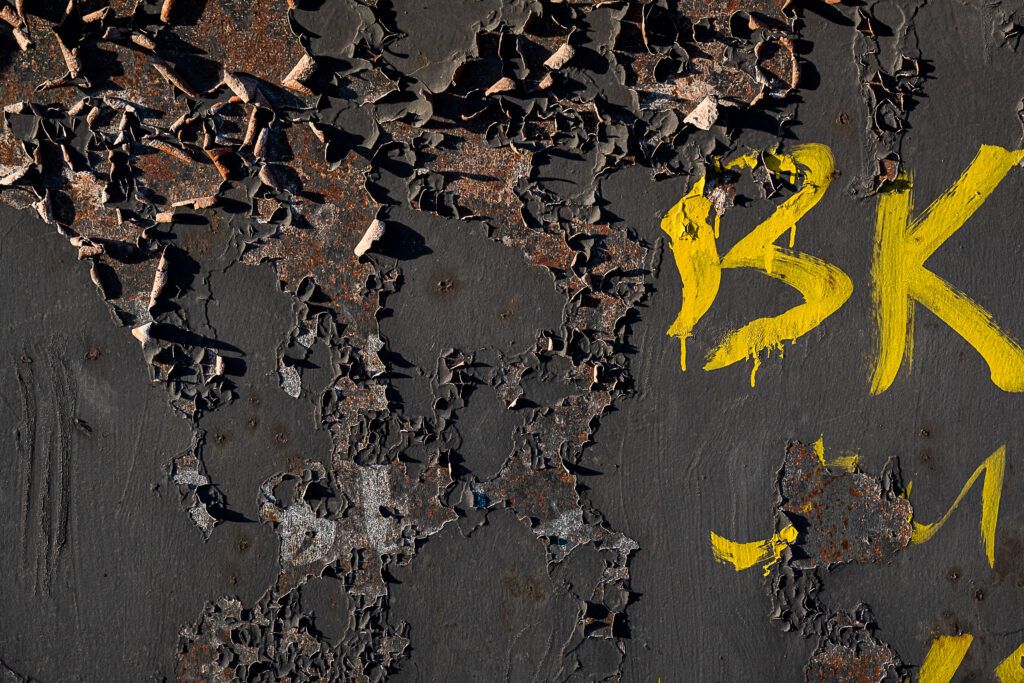
Shot at 120mm at f/10 and 1/400th of a second, this image depicts the neglect and vandalism on a local train trestle. The angle of the evening light gave an interest to the peeling, rusty surface. Photograph by Leanne Cleaveley
Messages don’t have to be complex to be interesting. Not everyone wants to see rust and peeling paint, like that shown in the image above, but they are as much a part of our lives as beautiful things.
Key Lesson: Photographers are storytellers. What kind of stories are we telling if everything we shoot is perfect and pristine? Remember to leave room for the wilted and decrepit things in your images as these are as much a part of our lives as the beautiful ones.
Recommended Reading: Want to learn how to make your photos stand out from everyone else’s? Grab a copy of Photzy’s Effective Storytelling premium guide.
See Differently
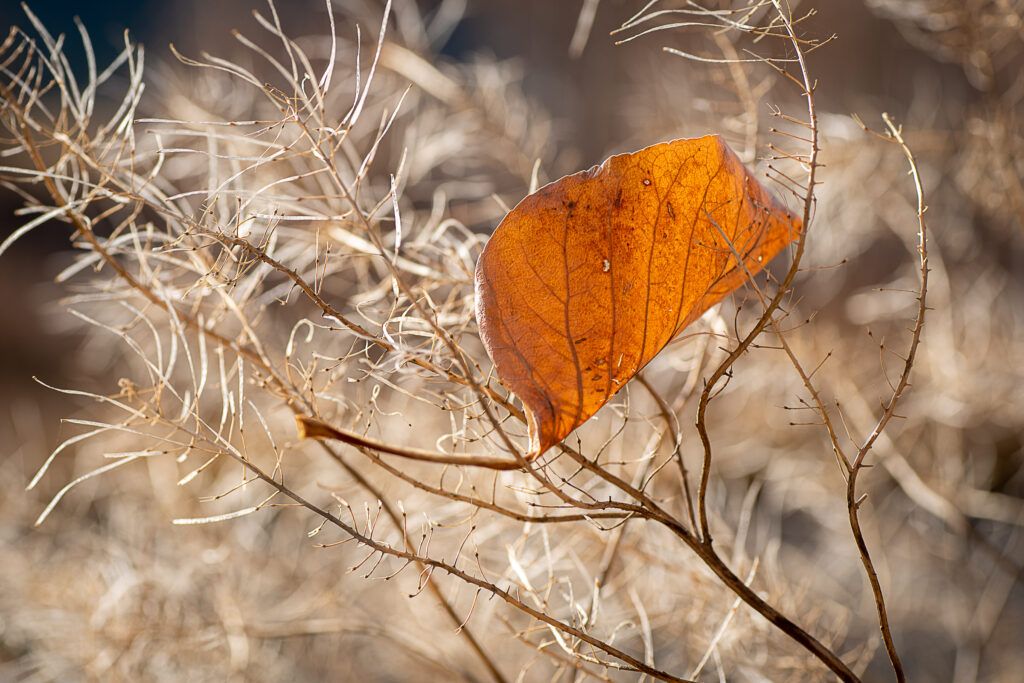
Photograph by Leanne Cleaveley
When you look past what is considered conventionally beautiful, you can find a multitude of subjects to photograph. Shooting the mundane, the common, and the grittier side of things can allow for opportunities for your photography to really shine.
I hope that with the ideas and tips provided you can find some interesting subjects and creative ways to photograph them. You may find yourself noticing things that you didn’t see before. You may find stories in unexpected places.
Happy Shooting!
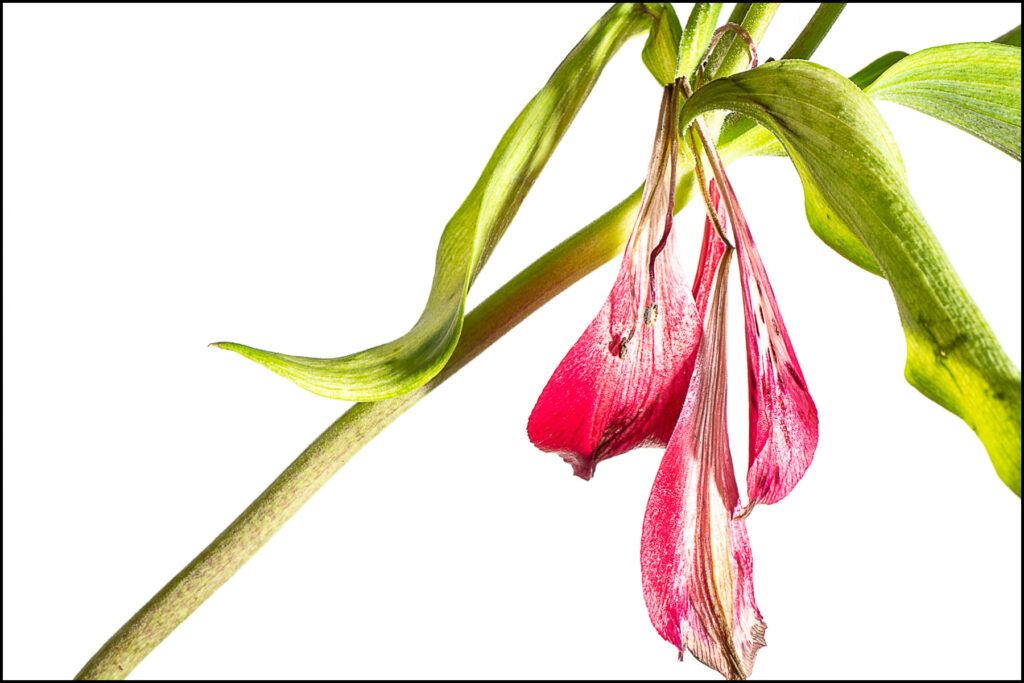
Photograph by Leanne Cleaveley
Self-Check Quiz:
- Beauty is in the eye of the beholder, but you should still apply rules of ________________ to your images.
- Tune into things like shape, ___________, curves, and lines when trying to create interesting images from everyday subjects.
- _______________, angle/intensity of light, and proximity to your subject can have a big influence on your final image.
- Patterns and ____________ can take a subject from boring to fascinating.
- What term describes the placement of two contrasting subjects closes together for effect?
- Stories don’t need to be ____________________ to be interesting.
- What are three questions you might ask yourself to help improve your image when setting up to take a photograph?
Shooting Challenge:
Find something that you consider ugly or plain and set out to photograph it interestingly. Not sure where to look? Visit your kitchen and see what you can find. Anything from an everyday kitchen tool to moldy bread. When shooting, think about what kind of a story you can tell or utilize juxtaposition in your image. Share your results with others and see if you can challenge their perception of what beautiful is.

